May 22, 2024 | We’ve done it again! We have a new lab publication (our second publication!) exploring the social transfer of pain, but this time, with MDMA! If you’re familiar with our research, the social transfer of pain, we can explore the relative concept of empathy with pain in mouse models. For this model, we usually have two familiar mice spend time with each other (A.K.A. interact), one that has experienced the chronic, longer-lasting pain stimulus of a drug injection and the other that has not. We look at the sensitivities of both of these mice and compare them to a group of controls that experience nothing but social interaction. This is where we see an increased sensitivity in the mouse that did not receive an injection for up to 24 to 48 hours after only a 1-hour interaction with the mouse in pain! Now, what does MDMA do to this process? Keep reading to find out!
We have previously seen an increased sensitivity in mice that only interacted with mice in pain for 1 hour. If these same mice received an injection of MDMA, we noticed this increased sensitivity after only 10 minutes of interaction! Isn’t that amazing?! That way, we provided evidence that MDMA enhances this ability to experience an empathy-like behavior. However, that’s not all!

It is well known that individuals with autism often struggle with social communication and empathy. Mouse models exist to help researchers understand these differences! Unpublished data from our lab has confirmed this absence of experiencing the social transfer of pain in mouse models used to demonstrate autism-like behaviors and genotypes. In our new paper, when exploring a mouse model often used to understand autism spectrum disorder (SHANK-3), it was seen that not only did this same mouse strain fail to exhibit the social transfer of pain, but with an MDMA injection, they were able to experience the social transfer of pain after the usual time course of a 1-hour interaction! We further explored this phenomenon within the activation and release of cells in the nucleus accumbens (NAC), a brain region Dr. Smith previously showed active in the social transfer of pain. We are eager to expand on this research!

We would like to thank all of our team members, colleagues, and collaborators involved in this project, including Dr. Ben Rein, Kendall Raymond, Robyn St. Laurent, Matthew B. Pomrenze, Boris Heifets, and Dr. Rob Malenka, all from Stanford University, and previous and current UCSD lab members Cali Boustani, Sabrena Tuy, Jie Zhang, Parnaz Rezaie Boroon, and Dr. Monique Smith for making this project possible! To further endeavors exploring MDMA and the social transfer of pain!

